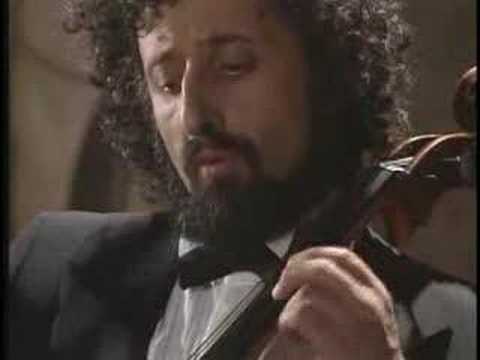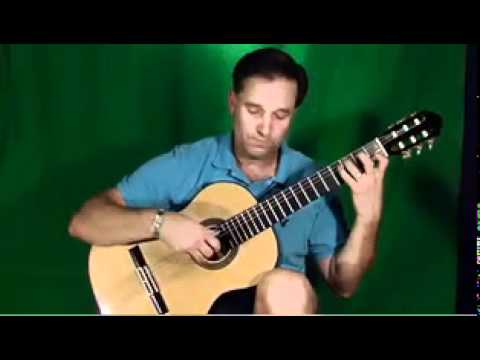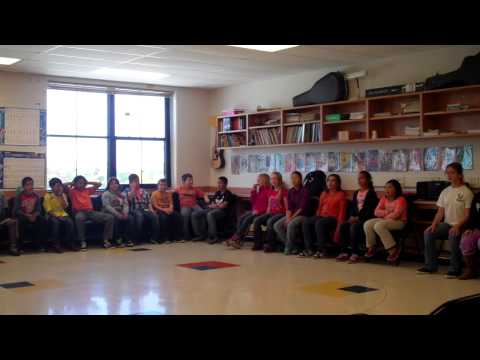3.3: Suggested Listening- Terms That Describe Texture
- Page ID
- 72362
\( \newcommand{\vecs}[1]{\overset { \scriptstyle \rightharpoonup} {\mathbf{#1}} } \) \( \newcommand{\vecd}[1]{\overset{-\!-\!\rightharpoonup}{\vphantom{a}\smash {#1}}} \)\(\newcommand{\id}{\mathrm{id}}\) \( \newcommand{\Span}{\mathrm{span}}\) \( \newcommand{\kernel}{\mathrm{null}\,}\) \( \newcommand{\range}{\mathrm{range}\,}\) \( \newcommand{\RealPart}{\mathrm{Re}}\) \( \newcommand{\ImaginaryPart}{\mathrm{Im}}\) \( \newcommand{\Argument}{\mathrm{Arg}}\) \( \newcommand{\norm}[1]{\| #1 \|}\) \( \newcommand{\inner}[2]{\langle #1, #2 \rangle}\) \( \newcommand{\Span}{\mathrm{span}}\) \(\newcommand{\id}{\mathrm{id}}\) \( \newcommand{\Span}{\mathrm{span}}\) \( \newcommand{\kernel}{\mathrm{null}\,}\) \( \newcommand{\range}{\mathrm{range}\,}\) \( \newcommand{\RealPart}{\mathrm{Re}}\) \( \newcommand{\ImaginaryPart}{\mathrm{Im}}\) \( \newcommand{\Argument}{\mathrm{Arg}}\) \( \newcommand{\norm}[1]{\| #1 \|}\) \( \newcommand{\inner}[2]{\langle #1, #2 \rangle}\) \( \newcommand{\Span}{\mathrm{span}}\)\(\newcommand{\AA}{\unicode[.8,0]{x212B}}\)
Monophony
- Any singer performing alone
- Any orchestral woodwind or brass instrument (flute, clarinet, trumpet, trombone, etc.) performing alone. Here is an example from James Romig’s Sonnet 2, played by John McMurtery.
- A Bach unaccompanied cello suite
- Gregorian chant
- Long sections of “The People That Walked in Darkness” aria in Handel’s Messiah are monophonic (the instruments are playing the same line as the voice). Apparently Handel associates monophony with “walking in darkness”!
- Monophony is very unusual in contemporary popular genres, but can be heard in Queen’s “We Will Rock You.”
Homophony
- A classic Scott Joplin rag such as “Maple Leaf Rag” or “The Entertainer”
- The “graduation march” section of Edward Elgar’s “Pomp and Circumstance No. 1”
- The “March of the Toreadors” from Bizet’s Carmen
- No. 1 (“Granada”) of Albeniz’ Suite Espanola for guitar
- Most popular music genres strongly favor homophonic textures, whether featuring a solo singer, rapper, guitar solo, or several vocalists singing in harmony.
- The opening section of the “Overture” Of Handel’s Messiah (The second section of the overture is polyphonic)
Polyphony
- Pachelbel’s Canon
- Anything titled “fugue” or “invention”
- The final “Amen” chorus of Handel’s Messiah
- The trio strain of Sousa’s “Stars and Stripes Forever,” with the famous piccolo countermelody
- The “One Day More” chorus from the musical Les Miserables
- The first movement of Holst’s 1st Suite for Military Band
- Polyphony is rare in contemporary popular styles, but examples of counterpoint can be found, including the refrain of the Beach Boys’ “Good Vibrations,” the second through fourth verses of Simon and Garfunkel’s “Scarborough Fair/Canticle,” the final refrain of Jason Mraz’s “I’m Yours,” and the horn counterpoint in Ghost of a Saber Tooth Tiger’s “Lavender Road.”
Heterophony
- There is some heterophony (with some instruments playing more ornaments than others) in “Donulmez Aksamin” and in “Urfaliyim Ezelden”. You can also try simply searching for “heterophony” at YouTube or other sites with large collections of recordings.
- Here is an example featuring children simultaneously singing three different children’s songs that are set to the same tune: “Baa, Baa Black Sheep,” “Twinkle, Twinkle, Little Star,” and “The Alphabet Song.” The result is heterophonic.
- The performance of “Lonesome Valley” by the Fairfield Four on the “O Brother, Where Art Thou” soundtrack is quite heterophonic.
Contributors and Attributions
CC licensed content, Shared previously
- The Textures of Music. Authored by: Catherine Schmidt-Jones. Located at: http://Voices%20of%20Music. License: CC BY: Attribution
All rights reserved content
- Pachelbel Canon in D Major - the original and best version. Provided by: Voices of Music. Located at: https://youtu.be/JvNQLJ1_HQ0. License: All Rights Reserved. License Terms: Standard YouTube License
- Musical Terms: Texture - Heterophony. Provided by: VRESMusic. Located at: https://youtu.be/LLqEvEgKOcc. License: All Rights Reserved. License Terms: Standard YouTube License
- Bach - Cello Suite No.1 i-Prelude. Authored by: Bacholoji. Located at: https://youtu.be/S6yuR8efotI?list=PLA70D07FB6C624D3A. License: All Rights Reserved. License Terms: Standard YouTube License
- Granada ( Classical Guitar) played by james Hunley Suite espau00f1ola, Op. 47 Albeniz. Authored by: guitar4mysoul44. Located at: https://youtu.be/kSWKo2OZKVQ. License: All Rights Reserved. License Terms: Standard YouTube License





